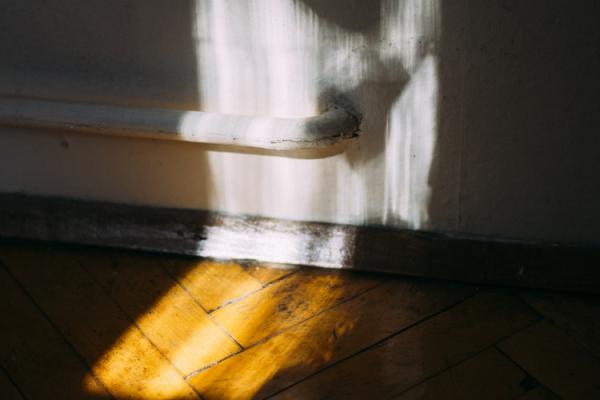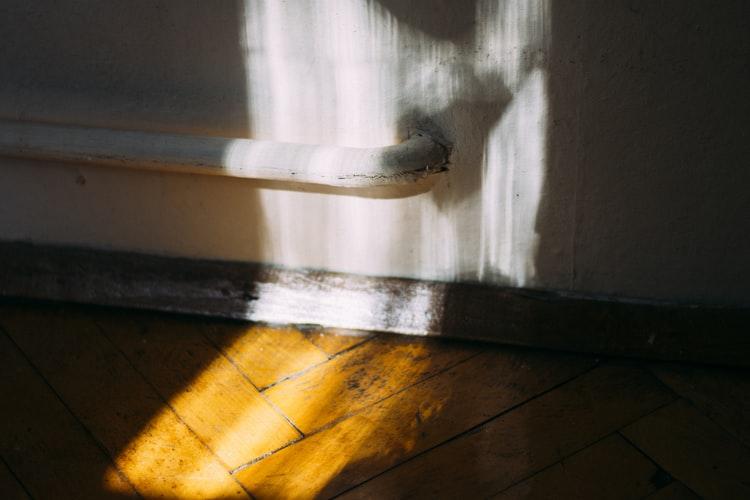Reduce Room Humidity with Salt


Is excess moisture making your home feel muggy and uncomfortable? High humidity can not only be unpleasant, but it can also lead to the growth of mold, which is a health hazard, especially for those with asthma or allergies. The amount of moisture in the air depends heavily on your climate. But fear not! Even without an expensive electric dehumidifier, there are several effective ways to tackle humidity in your home.
The following article by oneHOWTO, we'll explain how to reduce room humidity with salt, a natural and budget-friendly methods for achieving a more comfortable and healthy living environment.
You'll need:
- A flat container
- Salt
What is the healthiest humidity level for a home?
The ideal humidity level for your home can vary slightly depending on the season and personal preference, but generally falls within the range of 30% to 50% relative humidity.
Humidity can be more noticeable in the summer, but it is an issue that can persist all year round. Some common signs of high humidity in a room include:
- Increased heat: high humidity makes it harder to cool down, leading to excessive sweating, difficulty sleeping, and a persistent sticky feeling.
- Increased mold: high humidity creates a breeding ground for mold and bacteria on walls, fabrics, and other porous materials, posing serious health risks.
- Physical symptoms: mold growth due to high humidity often comes with a musty smell that can be hard to eliminate and may transfer to your skin, making deodorant less effective.
- Changes in your room: high humidity can cause wood to swell and rot, making doors stick, and can also lead to rust on metal objects.
- Pools of water: the presence of water underneath windows or thick droplets on window panes indicates high humidity.
- Increased allergies: high humidity can worsen allergy symptoms.
High humidity can be problematic, but so can low humidity. Low humidity makes the air drier, causing your skin to lose moisture and become dry, and increases the risk of contracting viruses or infections.
Learn how to easily measure humidity levels in this other article.

How to control humidity with salt
If you're experiencing some or all of the issues mentioned, you might be wondering how to reduce humidity in your house without a dehumidifier. One effective method is to use coarse salt. Here's how:
- Get a flat, open-top container and fill it with about a kilogram of coarse salt.
- Place the container in your room. For better results, use a wider and larger container to increase the salt's exposure to air. If you use a larger container, add more salt accordingly.
After about two days, you should notice a significant difference in your room’s humidity levels.
But why salt? Salt is highly absorbent and can effectively reduce moisture in the air, helping to prevent mold and mildew on walls and clothing. This makes it a simple and cost-effective homemade dehumidifier. When the salt turns black or becomes wet, it has reached its maximum absorption capacity and should be replaced.
If you have baking soda at home, you can also create a natural dehumidifier. Simply place some baking soda in a bowl and cover it with a thin cloth. This will help absorb excess moisture from the air, contributing to a drier and more comfortable living space.
How to prevent humidity
It's important to know how to prevent humidity at home to avoid mold and stains. Here are some simple tips to keep your space dry and comfortable:
- Air your room frequently: open windows regularly to let air circulate and reduce humidity levels.
- Use extractors or vents when cooking: this helps remove moisture from the air while you cook.
- Utilize fans: fans can help move air around and reduce humidity, but using an air conditioner is even more effective. Consider buying an air conditioner or an electric dehumidifier if homemade solutions aren't sufficient.
- Dry clothes outside: hang your laundry outside or on a terrace to prevent the moisture from entering your living space.
- Check materials that retain moisture: carpets can hold a lot of moisture, so consider using laminate or linoleum flooring instead. Untreated wood can also absorb moisture. Plants release water vapor, so you might want to limit their number or choose less humidifying varieties.
- Inspect for leaks: exposed or leaky pipes are significant sources of humidity. Ensure they are secure and insulated if necessary. Also, check your roof, window seals, and other areas where moisture might be entering.
Explore additional methods to combat excess moisture and create a healthy and breathable atmosphere in your home.
If you want to read similar articles to Reduce Room Humidity with Salt, we recommend you visit our Interior Design and Decor category.






